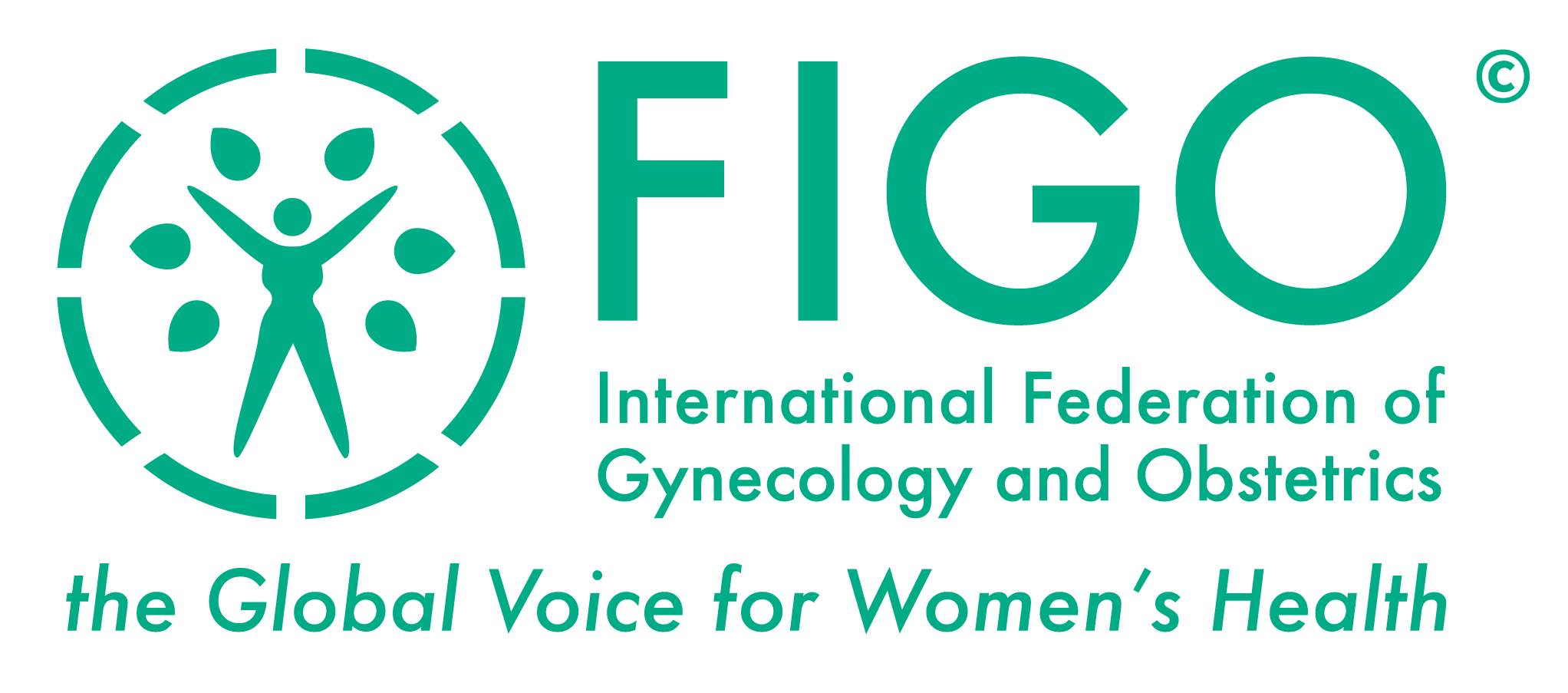Mulders AG, Laven JS, Eijkemans MJ, Hughes EG, Fauser BC (2003)
Patient predictors for outcome of gonadotrophin ovulation induction in women with normogonadotrophic anovulatory infertility: a meta-analysis. Hum Reprod Update 9:429-49.
AbstractA systematic review was conducted to determine whether initial screening characteristics of women with normogonadotrophic anovulatory infertilitypredict clinically significant outcomes of ovulation induction with gonadotrophins, and to obtain pooled estimates of their predictive value throughmeta-analysis. Only those studies in which pre-treatment screening characteristics (such as body mass index, serum LH and androgens, insulin sensitivity and ultrasound appearance of ovaries) were related to outcome parameters (such as total amount of FSH administered, cancellation,ovulation, pregnancy and miscarriage), were included in this analysis. Thirteen studies fulfilled the inclusion criteria. A positive association was seen in all studies between the level of obesity (definition applied as assessed by individual studies) and total amount of FSH administered [weighted mean difference (WMD) of 771 IU (95% confidence interval (CI): 700-842)]. Pooled odds ratios (OR) of 1.86 (95% CI: 1.13-3.06) and 0.44 (95% CI: 0.31-0.61) were found between obesity with cancellation and ovulation respectively. Pooled analysis did not show a significant association between obesity and pregnancy rate. The pooled OR for obese versus non-obese women and miscarriage rate was significant [3.05 (95% CI: 1.45-6.44)]. Association measures between insulin resistance (definition applied as assessed by individual studies) and total amount of FSH administered produced a WMD of 351 (95% CI: 73-630) IU. A pooled OR of 0.29 (95% CI: 0.10-0.80) was found for insulin resistance with pregnancy rate. The pooled OR for insulin resistance (hyperinsuliaemia versus normoinsuliaemia) and miscarriage rate was not significant. A pooled OR of 1.04 (95% CI: 1.01-1.07) was found for LH (IU/l) with pregnancy rate. The pooled OR for LH and miscarriage rate was not significant. Finally, pooled analysis did not find a significant association between testosterone and pregnancy rate. In conclusion, the best available evidence, though limited, suggests that the most clinically useful predictors of gonadotrophin ovulation induction outcome in normogonadotrophic women are obesity and insulin resistance.
